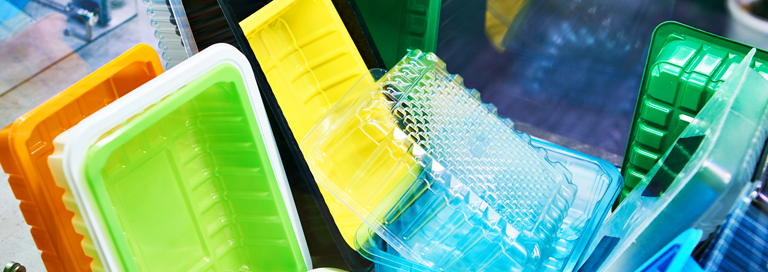If you’ve been doing everything right – cutting carbs, ditching starches, hitting the gym – but you’re still struggling to trim those stubborn pounds…a new study may explain why.
As it turns out, it isn’t just the food you’re eating. It’s the packaging the food comes in.
According to a Norwegian research team, the contaminants in this packaging could be the biggest driver behind the modern obesity epidemic.
If you’re a regular reader, you already know how trendy weight loss fads have done nothing to slim down the population. In fact, everything has gotten worse since their inception. Even the World Health Organization admits obesity rates have tripled since 1975.1
And when a supposedly more “health conscious” population is struggling with weight gain more than any generation before it, you know there’s a problem.
But as usual, the medical establishment has missed the mark – because eating the foods you love isn’t the reason you’re having trouble maintaining a healthy body weight.
You’re under a chemical assault
In a study published in the journal Environmental Science & Technology, scientists looked at 34 common products. This included everything from drink bottles and yogurt containers to cling wrap and kitchen sponges.
And they found more than 55,000 chemical components!
The research team noted that 11 of these had already been identified as “metabolism disruptors.”
In experiments on mice, scientists found that chemicals from one-third of the plastic products analyzed were found to contribute to fat cell development in lab experiments.2
Those chemicals reprogrammed precursor cells to become fat cells that multiplied more and accumulated more fat, the study team explained in a university news release.
Now, plastic chemicals like bisphenols and phthalates have already been linked to obesity. But this most recent study shows us the problem with plastic is much more widespread than scientists thought.
And while the experiments were
done using animal models, we’ve already seen how artificial toxins can compromise the human body.Excessive exposure to chemicals used in the manufacturing and storing of food items have been associated with the following:
- Birth defects
- Impaired immunity
- Endocrine disruption
- Poor reproductive health
- And even cancer3
Obviously, the chemicals in the plastic can cause immense, lasting, and potentially lethal damage. That’s why I tell my patients to limit their exposure as much as possible.
Break the plastic habit
In today’s modern environment, it’s tough to eliminate your exposure entirely. However, you can take a few steps to reduce your risk drastically.
-
- Eat more fresh foods. Farmers’ markets are a godsend for living a more natural, healthy life. Because the produce is grown and sold locally, the food has more nutrients than its artificial clones – which are designed to be transported across long distances. Local produce is also allowed to ripen naturally, whereas most fruits and vegetables found at the grocery store are picked before they are ripe.
- Ditch plastic bottles and containers. Plastic water bottles are riddled with loose chemicals; the same can be said for food containers. You can reduce your use of both by instead buying a water filter for your home and using glass and ceramic bowls to store and reheat dishes or drinks in the microwave.
- Vacuum often. Vacuuming regularly will minimize your exposure to household dust, which carries tiny particles of microplastics. You breathe these plastic microfibers right into your lungs every time you inhale.
Finally, I encourage all my patients and readers to detox with “crucifers.” Crucifers are a group of vegetables, including broccoli, Brussels sprouts, cauliflower, and cabbage.
When you eat a crucifer like broccoli, for example, your body breaks down the broccoli’s glucobrassicin into a compound called indole-3-carbinol (I3C). I3C plays an active role in flushing your body of microplastics. I3C is naturally broken down in your digestive tract to DIM (diindolylmethane).
Adding crucifers to your diet can help purge artificial toxins from your body – including microplastics. They’re also powerful defenders against hormone imbalance and several types of cancer.
To Your Good Health,
![]()
Al Sears, MD, CNS
References:
1. World Health Organization. “Obesity and Overweight.” World Health Organization, 9 June 2021, www.who.int/news-room/fact-sheets/detail/obesity-and-overweight.
2. Volker J, et al. “Adipogenic activity of chemicals used in plastic consumer products.” Environ. Sci. Technol. 2022;56(4):2487-2496
3. Rustagi N, et al. “Public health impact of plastics: An overview.” Indian J Occup Environ Med. 2011;15(3):100-103

